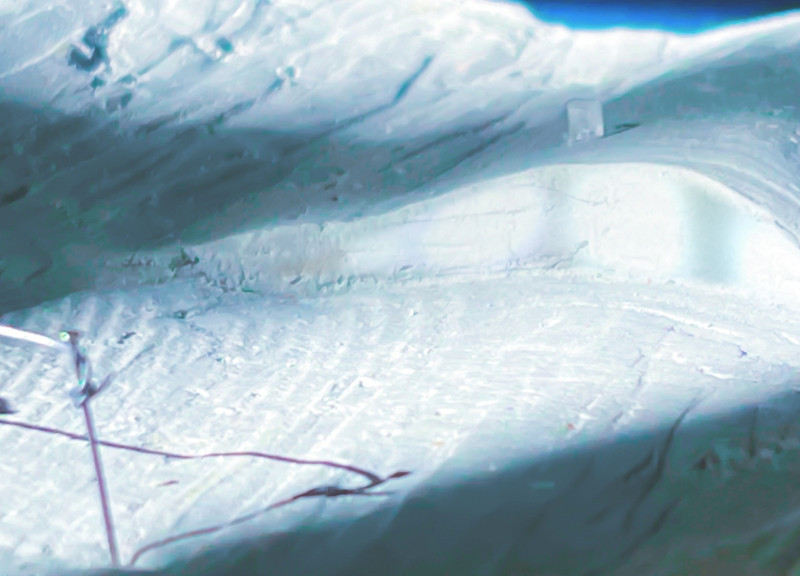5 key facts about this project
This project embodies a multifaceted approach to design, where the architecture serves varying functions intended to enhance the user experience. The building's layout is meticulously planned to accommodate different activities, creating a versatile space that is easy to navigate. Key areas within the structure include communal gathering spaces, private meeting rooms, and open work areas, all strategically aligned to encourage collaboration and creativity among users. The strategic design choice of incorporating flexible spaces illustrates a keen understanding of contemporary work habits, where adaptability is paramount.
Materiality plays a crucial role in the project, reflecting both aesthetic and functional considerations. The exterior cladding consists of high-quality, sustainable materials such as fiber-reinforced concrete and natural wood paneling, which not only contribute to the building’s durability but also harmonize with the natural environment. Large expanses of glass are thoughtfully integrated throughout, allowing natural light to permeate the interior while providing visual connections to the outside landscape. This intentional use of materials showcases a commitment to sustainability, ensuring that the building is not only beautiful but also minimizes its environmental footprint.
The architectural design of the project stands out for its unique integration of green spaces within the built environment. Rooftop gardens and vertical greenery are cleverly incorporated into the design, facilitating a seamless connection between nature and architecture. This approach not only enhances the aesthetic appeal but also contributes to improving air quality and promoting biodiversity in urban settings. Such inclusivity of natural elements speaks to a growing trend in architecture that emphasizes the importance of biophilic design.
Moreover, the layout and orientation of the project are carefully considered to maximize energy efficiency. The deployment of solar panels on the roof and the inclusion of passive heating and cooling strategies highlight a forward-thinking approach to energy consumption. This engagement with sustainable technologies positions the project as a role model within the architectural community, demonstrating how thoughtful design can yield substantial benefits for both inhabitants and the environment.
Another noteworthy aspect of this architectural project is its commitment to community engagement. The architects have facilitated input from local stakeholders throughout the design process, ensuring that the final outcome resonates deeply with the neighborhood’s identity and character. This participatory design approach not only fosters a sense of belonging among residents but also allows the architecture to reflect local traditions and values.
As you explore the architectural plans, sections, and designs associated with this project, you will gain further insights into the intricate details that inform its overall vision. The careful consideration of aesthetics and functionality in the architectural ideas presented invites a deeper reflection on the role of architecture in connecting people with their environment. Delve into the project presentation to uncover how such architectural endeavors can inspire thought and conversation within the community, ultimately enriching the dialogue surrounding modern design.


























